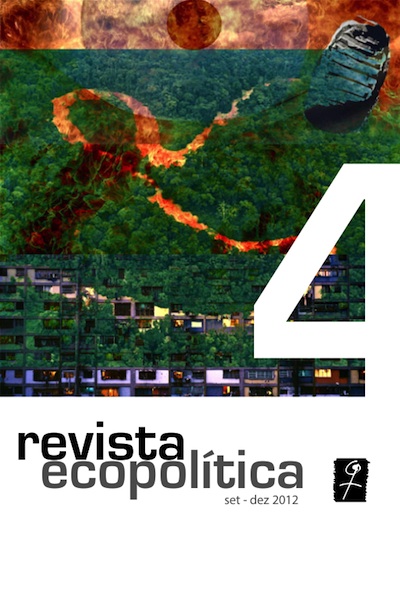Transformações biopolíticas: estranhamento e cultura somática
Resumo
A partir da disseminação cultural e midiática de saberes e práticas neurocientíficas, aquilo que somos vem sendo diretamente remetido (e reduzido) ao cérebro, ao plano molecular do corpo (genes) e à bioquímica corporal (especialmente hormônios). O estranho passa a ser cada vez mais remetido, de modo simplificado, a categorias diagnósticas, sob a rubrica de novas e proliferantes síndromes nomeadas e descritas nos sucessivos DSMs (sigla do Manual Diagnóstico e Estatístico de Disordens Mentais). Essa moldura cultural somatizante pode ser contraposta ao endereçamento da arte moderna, que reivindicara para si o papel de produzir choque e estranhamento, pelo menos desde 1917, com o artigo seminal “A arte como procedimento”, do formalista russo Victor Chklovski. Visando ao dimensinamento dessa mudança em curso, contrapomos o Bartleby de Herman Melville a uma obra literária recente (Atmospheric disturbances) na qual a moldura somática orienta a produção e a recepção do texto. Tal contraponto nos permitirá avaliar de que modo certa domesticação dos estranhamentos inflete atualmente o horizonte do dizível e do experienciável, correspondendo a um empobrecimento ontológico.
Palavras-chave: saberes neurocientíficos, DSM, Bartleby, domesticação dos estranhamentos
Biopolitical transformations: estrangement and somatic culture
Abstract: The present dissemination of neuroscientific practices and “discoveries” in our cultural horizon tend to invade the ways in which we understand ourselves and the others. What we really are become intimally related (and reduced) to the brain, to the molecular constitution of our bodies (genes) and to certain biochemical processes (specially to hormones). All sorts of strange behaviors are more and more integrated in new and proliferating psychiatric categories named, described, and reviewed in successive DSMs (Diagnostic and Statistical Manual of Mental Disorders). This somatic frame can be contrasted to the fonction attributed to modern art, such as proposed by the Russian formalist Viktor Shklovsky in 1917: that of provoking strangeness and chock. In order to investigate this cultural somatic turn, emphasis is given to two different fictional works: the novel Bartleby, written by Herman Melville, and a recent roman called Atmospheric disturbances, published by Rivka Galchen. This counterpoint will stress the present overdomestication of all sorts of strangements in what can be expressed and lived, tending to empoverish the ontological scope of human experience.
Keywords: neuroscientific, DSM, Bartleby, overdomestication of all sorts of strangements

